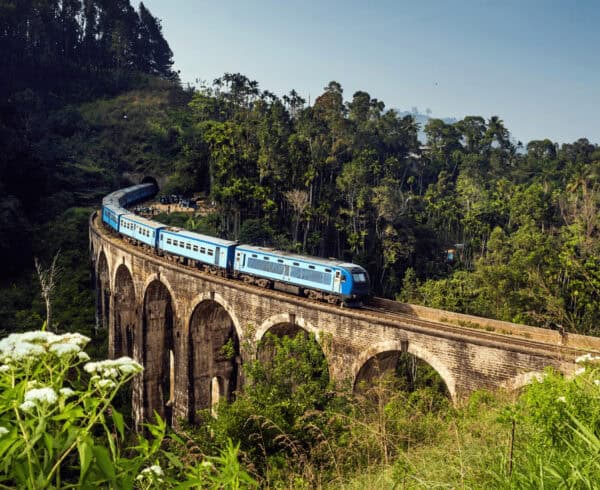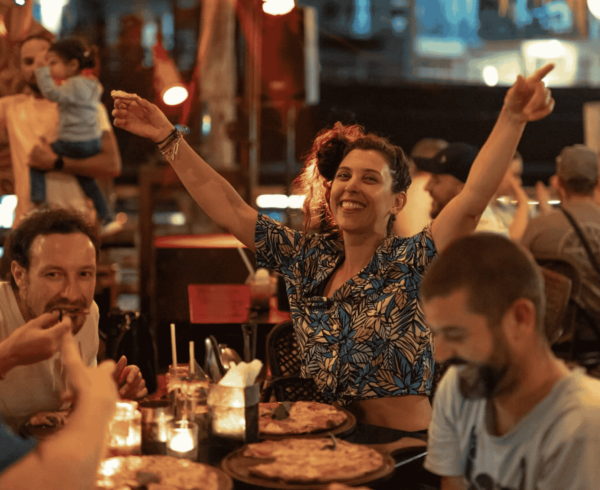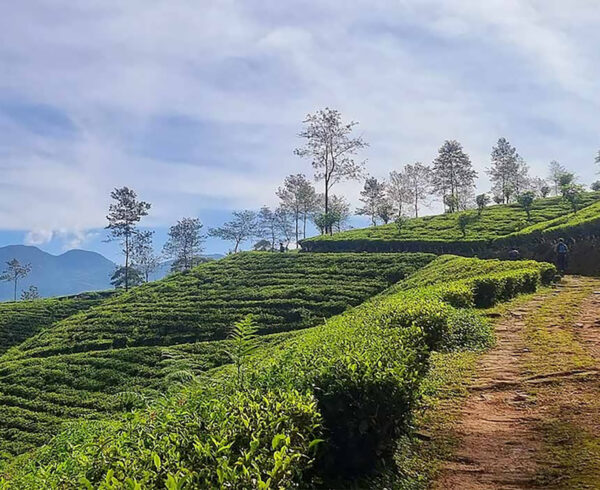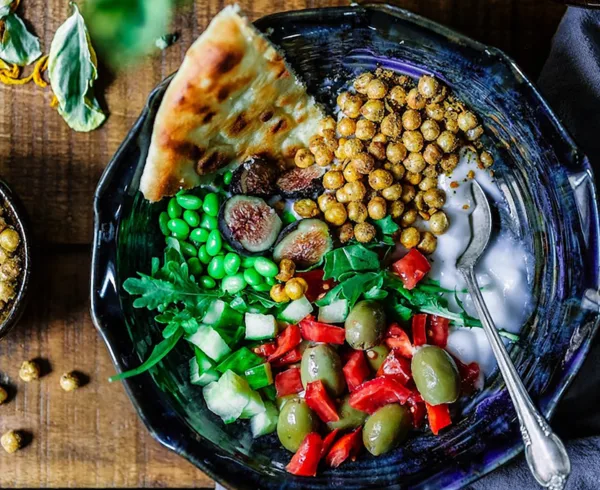A journey through Hill Country, which is surrounded by a thousand shades of green tea estates, is an unforgettable sight one could experience when travelling around Sri Lanka.
Being the fourth largest tea manufacturer in the world, ‘tea’ has become an increasingly popular tourist attraction in Sri Lanka. So, if you’re keen on exploring tea culture, here are some Ceylon tea experiences you should not miss.
Types of tea
The central highlands of Sri Lanka have the perfect environment for growing the best-quality tea. Depending on the different amounts of processing that the leaf undergoes, the differing types of tea are produced.There are many kinds of tea that you can try out in Sri Lanka. The main types of tea are Black, Green and White. Each of these teas have their unique fragrance and taste.
Black Tea
Black tea is the most popular form of Ceylon tea. Black tea is made with hand-plucked tea leaves by expert female tea pluckers. Black tea undertakes an amount of processing which gives its unique black leaves. The tea has a reddish or orangish hue when prepared. A cup of black tea with milk and sugar is a staple for any occasion. It has a deep and satisfying aroma.
Green Tea
Green tea is another well-known category of Ceylon tea. Green tea undergoes less processing compared to black tea even though it comes from the same kind of plant. When processing Green tea, the leaves are unfermented to maintain their antioxidant characteristics. Green tea is famous the world over for its health benefits that include its weight loss properties as well as improved brain function, diabetes prevention, and heart health. When the tea is prepared it takes on a light yellow to greenish touch. The taste of green tea is a mix of sweet bitterness.
White Tea
White tea is a unique type of Ceylon tea. The harvesting process is what makes it special. White tea is made only with tea buds. These buds are not fermented at all and are hand-rolled individually. White tea is the only type of tea that is handmade so that the prices are quite expensive. The colour of the White tea is subtle and light. It has less caffeine and more antioxidants than Green or Black tea. This makes White tea one of the healthiest beverages. This tea is also a favourite of tea connoisseurs the world over White tea is also called “Silver Tips” and “Golden Tips”.
Low-grown Tea
Low-grown tea produced relatively near the coast in the ‘Sabaragamuwa’ and ‘Southern’ regions of Sri Lanka. The tea has grown in an area nourished by high humidity and monsoon season and surrounded by diverse wildlife. The aroma however, is prominently different from the other variations. Low-grown green tea has its own flavour of sweet caramel, and is not quite as strong as that of high and medium grown.
Tea Estates to Visit
Visiting a tea factory in Sri Lanka enables you to see, smell, taste and touch the tea at every stage of the production process, and get an understanding of different types of teas. Most tours will end in a tasting session of the different varieties grown at the plantation. Nuwara Eliya, one of the gorgeous cities in the Hill Country, is the heart of the Sri Lankan tea industry. Read our article on popular destinations Nuwara Eliya. The Blue Field Tea Factory at Ramboda offers comprehensive tours detailing the entire tea manufacturing process, and a variety of different teas are available to purchase. Heading South towards Nuwara Eliya, At the Damro Labookellie Tea Centre, you can tour, by walking through the plantations, or just stop for a refreshing cup of tea. Additionally, you can have the chance to buy freshly plucked leaves from the estate.Further south, Dambatenne Tea Factory outside the town of Haputale offers enjoyable tours explaining the production process and is just a short way off to Lipton’s Seat where you can enjoy panoramic views of the historic plantations.




